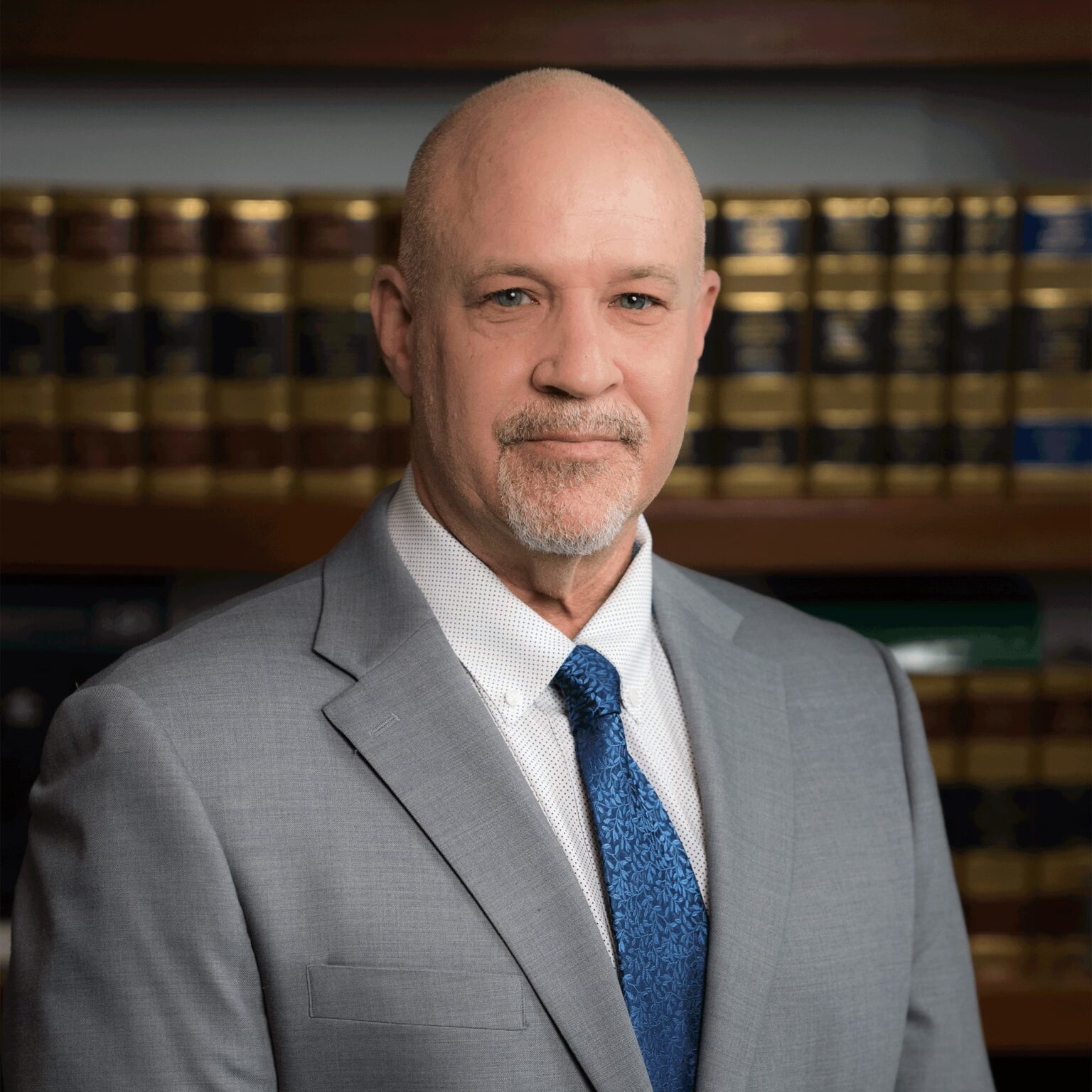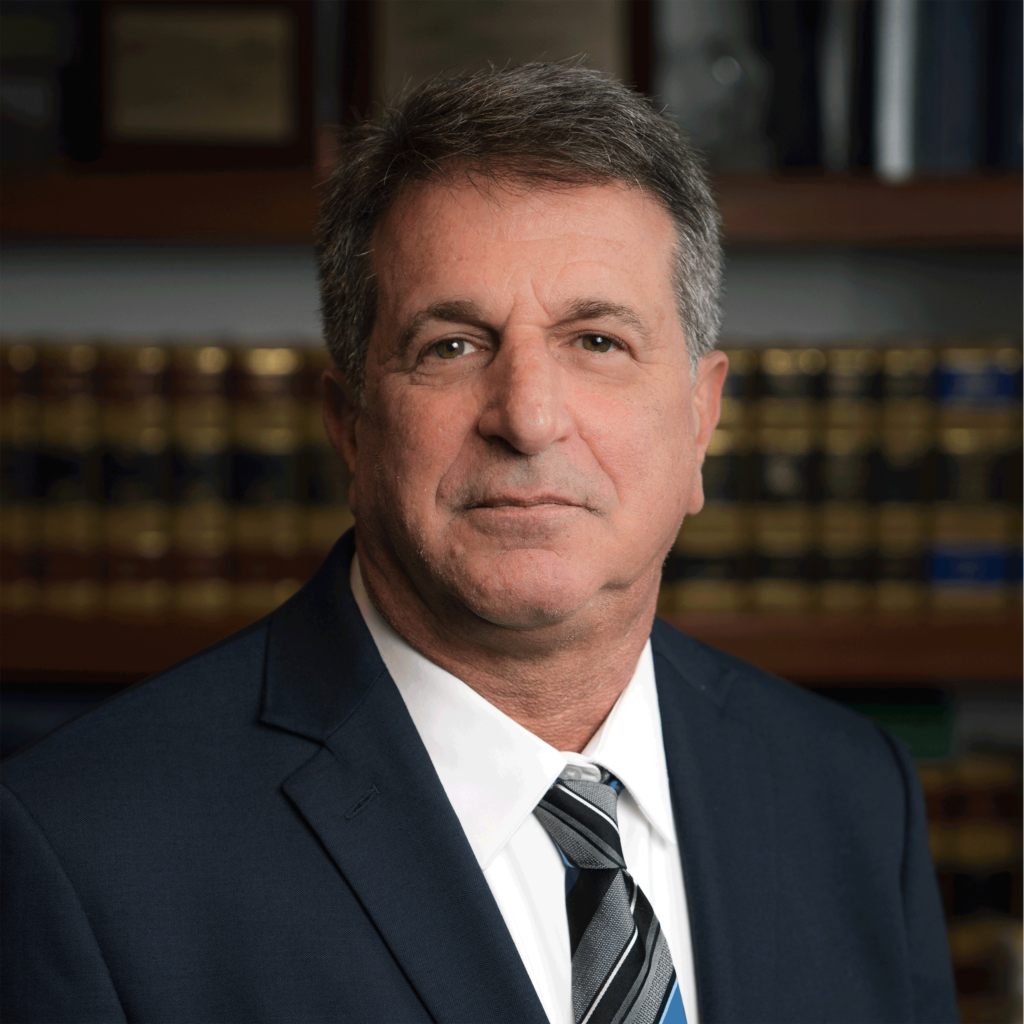From June to November, both residents and visitors of the Sunshine State brace themselves for the looming threat of hurricane season, including heavy rain, damaging winds, and devastating storm surges.
While every hurricane leaves its mark, some storms, like 2022’s Hurricane Ian, bring unparalleled destruction. Tragically, Florida’s southeast coast felt the full force of its impact, with massive flooding, extensive power outages, and widespread property damage.
Yet, for many, the challenges didn’t end with clearing skies. Residents grappled with another ordeal – seeking compensation from their insurance company for damage sustained as they tried to recover and rebuild their lives.
In this blog post, we’ll look at the seven worst hurricanes in Florida history and offer guidance on how to deal with a bad faith insurance claim in the aftermath of a hurricane.
The Unforgiving Power of Nature
Florida’s position makes it a prime target for hurricanes. From the infamous 1928 Okeechobee hurricane to the more recent ones, these storms have left an indelible mark on the state’s history. Homes destroyed, businesses disrupted, and countless lives lost – each storm brought a unique tale of destruction and resilience.
1. The Great Miami Hurricane (1926) – Category 4
On the morning of September 18, 1926, a category 4 hurricane made landfall near Miami Beach. With winds up to 150 mph, the hurricane brought about immense destruction along the coast.
Buildings, roads, and homes were washed away, and debris was strewn across the city as the waves crashed through the city streets. The storm continued inland, tearing through land and leaving the state in ruins.
Adjusted for today’s currency, it caused over $100 billion in damages and resulted in 373 recorded deaths — with many believing the actual count to be higher.
2. The Okeechobee Hurricane (1928) – Category 4
The Okeechobee Hurricane made landfall on September 6, 1928, in Palm Beach County, Florida. It was initially labeled as a Category 4 hurricane, with winds of up to 145 miles per hour.
The storm was so powerful that it caused water surges of up to 20 feet, which led to severe flooding in the surrounding areas. The flooding caused by the storm was one of the most significant factors in the high casualty rate of this disaster.
Many of these victims were migrant workers living in the area who had no option but to ride out the storm in their shacks. More than 2,500 lives were tragically lost to this storm, predominantly due to the dike system’s failure, leading to the flooding of Lake Okeechobee – making it the second deadliest hurricane in U.S. history.
3. The 1935 Labor Day Hurricane – Category 5
On September 2, 1935, a deadly hurricane hit the Florida Keys with such ferocity that it remains the strongest hurricane to make landfall in the United States to this day. The Labor Day Hurricane, as it was called, claimed over 400 lives and caused widespread devastation across the Keys and the mainland.
One of the most tragic events of the hurricane occurred at the Overseas Highway railroad bridge, which connected the mainland to Key West. A group of veterans working on a government-funded construction project were trapped on the bridge as the hurricane approached. Despite evacuation attempts, many of them were swept away by the treacherous storm surge.
4. Hurricane Camille (1969) – Category 5
Hurricane Camille is one of the most infamous storms ever to hit Florida. This Category 5 hurricane struck the state on August 17, 1969, leaving a trail of destruction in its wake. While Mississippi bore the brunt of this storm, the panhandle faced storm surges, torrential rains, and tornadoes, leading to five deaths and damages of over $100 million.
Florida’s hardest-hit areas were the Gulf and Franklin County coastal communities. The storm destroyed homes, businesses, and infrastructure along the coast. The Apalachicola Bay Bridge was severely damaged and rendered unusable. The hurricane destroyed over 300 businesses in Panama City, causing millions of dollars in losses.
The storm surge also flooded the streets of downtown Apalachicola, causing extensive damage to historic buildings and homes.
5. Hurricane Andrew (1992) – Category 5
On August 24, 1992, Homestead, Florida was struck by Hurricane Andrew’s furious might. With wind speeds sustaining at a relentless 165 miles per hour, this Category 5 storm unleashed havoc, leaving in its wake destruction on a colossal scale.
In a single onslaught, Andrew claimed 26 lives in Florida and went on to become the deadliest hurricane to batter the United States since Hurricane Agnes nearly two decades earlier.
The storm’s impact was far-reaching, with a death toll of 65 across the affected regions and $27 billion in damages. Homestead, once a thriving community, was reduced to ruins—a tragic testament to the unforgiving power of nature’s fury.
6. Hurricane Irma (2017) – Category 4
In 2017, Florida found itself in the crosshairs of Hurricane Irma, a storm that threatened with unmatched ferocity. While the state had previously grappled with powerful hurricanes, it had been years since a storm of this magnitude loomed over its shores. By the time Irma reached Florida, it was a Category 4 hurricane, but its intensity was felt far and wide.
During its course, Irma’s winds reached speeds of up to 155 mph, causing significant devastation. Advanced warnings and extensive evacuation measures undoubtedly saved countless lives, but the storm’s impact was palpable.
Across the U.S., Irma claimed 92 lives, with Florida alone accounting for 84 of those tragic losses. Beyond the human toll, the state faced monumental financial challenges, contending with damages estimated at $50 billion.
7. Hurricane Michael (2018) – Category 5
This hurricane’s impact was felt across several states, including Florida, Georgia, Alabama, and the Carolinas. Florida, in particular, was the hardest hit, with whole communities ravaged by flooding, fallen trees, and damaged buildings.
Michael’s swift intensification was a meteorological phenomenon. More than 43 deaths in Florida were linked to the hurricane, resulting in $18.4 billion in damages.
Mexico Beach, a popular tourist destination before Hurricane Michael, was left unrecognizable after the storm. Businesses, homes, and other establishments were razed to the ground, and the area’s once-bustling streets were now empty.
Insurance Claims Process
Navigating the aftermath of a hurricane is overwhelming, and filing an insurance claim often adds to the stress. As you sift through the debris and damage, reaching out to your insurance company might seem like the logical next step. However, there’s more to the process than meets the eye.
It’s crucial to understand the role of insurance: while it’s designed as a safety net to help you recover from unforeseen events, insurance companies operate with profitability in mind. This means they may deploy adjusters trained to minimize the claim payouts, potentially undervaluing the extent of your damages or finding reasons to reject parts of your claim.
Such situations make it essential to know your rights and be prepared. Engaging a Florida insurance claim attorney can be a game-changer in these instances. With their experience, they can scrutinize the terms of your policy, challenge any lowball estimates, and ensure that the insurance provider meets its obligations to you
Challenging Bad Faith Insurance Claims and Resolving Disputes
In the wake of a hurricane, the last thing any homeowner wants is an uphill battle with their insurance provider. Yet, this is sometimes the reality. Some insurers, unfortunately, might exploit the post-disaster chaos, using tactics that can be deemed as operating in “bad faith.” This could manifest as unjust claim denials, unnecessary delays, and even abrupt policy cancellations.
In addition, disputes often arise over the assessment of damages, which can further complicate the claims process. These disputes can result in reduced payouts or even total denials, adding to the already immense stress of recovering from a hurricane.
It’s crucial to be well-prepared to challenge any such moves by the insurer. Knowledge is power, and understanding your rights is the first step to ensuring you’re treated fairly. In such scenarios, an attorney experienced in insurance claims and bad faith practices can be an invaluable ally.
Your bad faith insurance lawyer can help identify and rectify any unjust practices, negotiate on your behalf, and, if necessary, represent you in court to ensure you get the compensation you’re entitled to. With their support, you can navigate the intricacies of insurance claims with confidence.
Maximize the Compensation
Hurricanes do more than just wreak havoc on buildings and infrastructure; they upend lives, shatter communities, and alter our sense of normalcy. Beyond the immediate physical damages, these storms can also lead to financial strains, from lost business revenues to sudden out-of-pocket expenses.
Thankfully, your insurance policy might offer protection beyond just the visible damages. An experienced Florida insurance claim attorney can identify and claim all the compensation you’re entitled to, ensuring you’re equipped to face the storm’s aftermath head-on.
Rely on Cohen and Juda When Bad Faith Complicates Your Claim
The aftermath of a hurricane can be overwhelming, both emotionally and financially. And when insurance companies fall short in providing the support you’re entitled to, you need a formidable ally in your corner. If you’ve faced complications with your hurricane damage claim in South Florida, we’re here to assist.
At Cohen and Juda, we’re not just your bad faith insurance lawyers – we’re your partners through these turbulent times. Drawing from over 30 years of experience in insurance claim law, our team is primed to protect your interests.
Facing disputes with your insurance provider shouldn’t be another storm you must weather alone. Contact us at (954) 424-1440 or complete our contact form for a FREE consultation with a dedicated Florida insurance claim attorney.
Let us personally fight for you!
Copyright © 2023. Cohen and Juda, P.A. All rights reserved.
The information in this blog post (post) is provided for general informational purposes only and may not reflect the current law in your jurisdiction. No information in this post should be construed as legal advice from the individual author or the law firm, nor is it intended to be a substitute for legal counsel on any subject matter. No reader of this post should act or refrain from acting based on any information included in or accessible through this post without seeking the appropriate legal or other professional advice on the particular facts and circumstances at issue from a lawyer licensed in the recipient’s state, country, or other appropriate licensing jurisdiction.
Cohen and Juda P.A.
8211 W Broward Blvd, Suite 310
Plantation, FL 33324
(954) 424-1440
https://www.cohenandjudaflorida.com/





